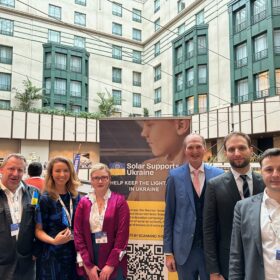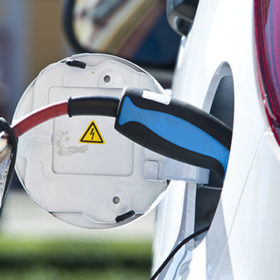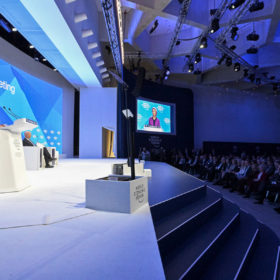When will the world be fossil free?
Despite the ever-growing number of nations committing to attaining a net-zero economy, there appears little prospect yet of a future free of fossil fuels, as Roger Lewis, an environmental, social, and corporate governance (ESG) expert at Downing LLP explains.
Still big in Japan?
A flat year for solar installation numbers in Japan could be seen as positive in a nation switching to new PV business models, writes Izumi Kaizuka, director of research for Japanese solar consultancy RTS Corp.
Europe’s solar industry launches donation program to repower Ukraine
Solar industries bodies including SolarPower Europe, Germany’s BSW and Ukraine’s ASEU have joined forces to send a stream of modules, inverters and batteries to embattled Ukraine. The donations are critical as some hospitals have been without power for weeks, leaving surgeons to operate under headlamps.
State of the (European) union
Gerard Reid, co-founder of corporate finance advisory Alexa Capital, considers whether the EU is up to the task of dealing with the twin threats of the energy crisis and the pull of a revitalized US clean power industry.
North America’s bid to onshore rare earth supply
With electric vehicle (EV) adoption set to turbocharge demand for rare earth elements in Canada and the US this decade, attempts are being made to loosen the region’s dependence on China for the sourcing and processing of such critically important energy transition materials.
Weekend Read: Dawn of the store-age
Last year was another landmark 12 months for energy storage, with all indicators pointing to a massive surge in demand. Supply chain instability and inflation saw battery prices rise but the industry demonstrated an ability to swiftly react to geopolitical developments. We look at five trends driving the market.
European Commission introduces Green Deal Industrial Plan
The European Commission listed tax exemptions, flexible aid, and the promotion of local manufacturing among its key strategies for the Green Deal Industrial Plan. However, the SolarPower Europe industry group has criticized the plan’s lack of focus on solar.
Von der Leyen announces ‘Inflation Reduction Act’ plan for Europe
The European Union Commission President wants to introduce a new industrial plan to turn Europe into the global clean-tech market leader, with looser rules for state funding and less red tape.
Hope springs renewable
Russia is destroying Ukraine’s energy infrastructure, raising questions about how to ensure the safety and function of the country’s energy industry, particularly its nuclear power plants. What role can renewable energy play in such extreme circumstances?
UAE energy summit serves as a trial run for COP28
The United Arab Emirates is treating Abu Dhabi Sustainability Week, which includes the World Future Energy Summit, as a trial run before the nation hosts the COP28 climate talks in November.










